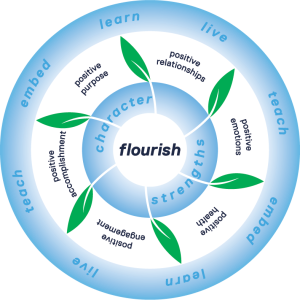What is Positive Education?
Positive Education is the application of the science of Positive Psychology within an educational setting. It blends the teaching of traditional academic skills with evidence-based strategies to promote wellbeing, resilience, and flourishing.
Importantly, positive does not imply that other forms of education are ‘negative’ or ‘wrong’. As James Pawelski, founding President of the International Positive Psychology Association, explains, the term has two relevant meanings: firstly, supporting people to move towards higher levels of wellbeing, and secondly, from the Latin ponere — to build or to set up. Positive Education, therefore, is about building the skills, relationships, and environments that enable people and communities to flourish.
As one of GGS’s educational pillars, Positive Education has continued to evolve. Over the past decade, the School has refined how it defines Positive Education:
- 2011: “Positive Education brings together the science of positive psychology with best-practice teaching and learning to encourage and support schools and individuals within their communities to flourish.”
- 2015: “Positive Education teaches skills and knowledge to help prevent illbeing and promote wellbeing within the context of living a good life.”
- Today: “Engaging wholeheartedly with pro-active practices which strengthen community wellbeing.”
Although the language has shifted, our wholehearted commitment has not. The emphasis remains firmly on strengthening community wellbeing. At its core, Positive Education focuses on six domains of human flourishing: Positive Relationships, Positive Emotions, Positive Engagement, Positive Accomplishment, Positive Health, and Positive Purpose.

Image: The GGS Applied Model for Positive Education


